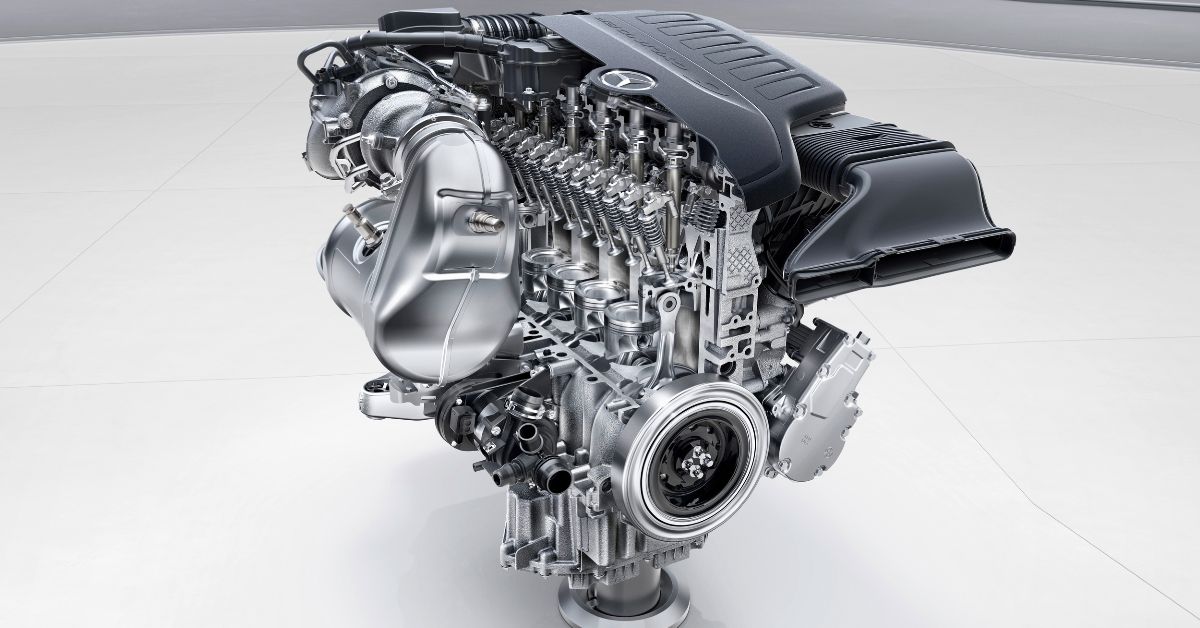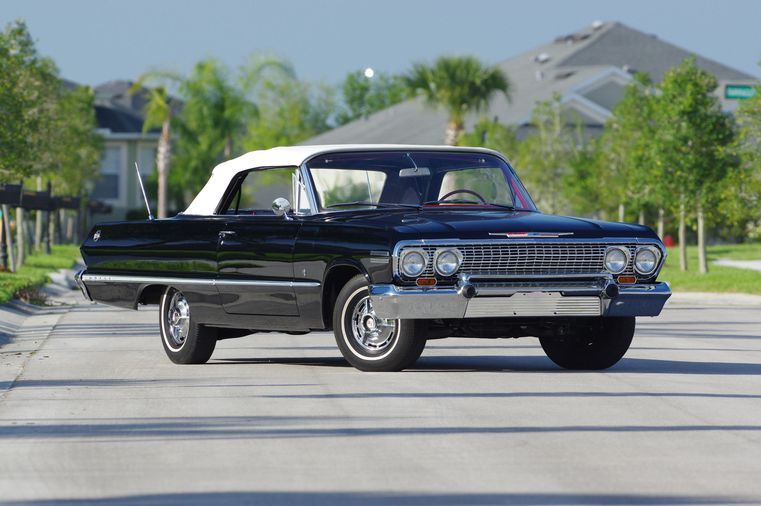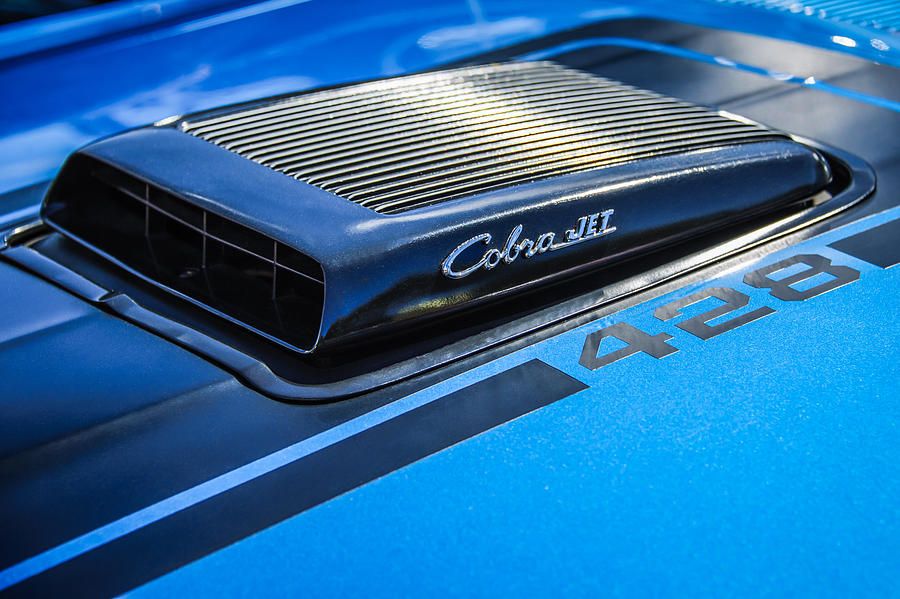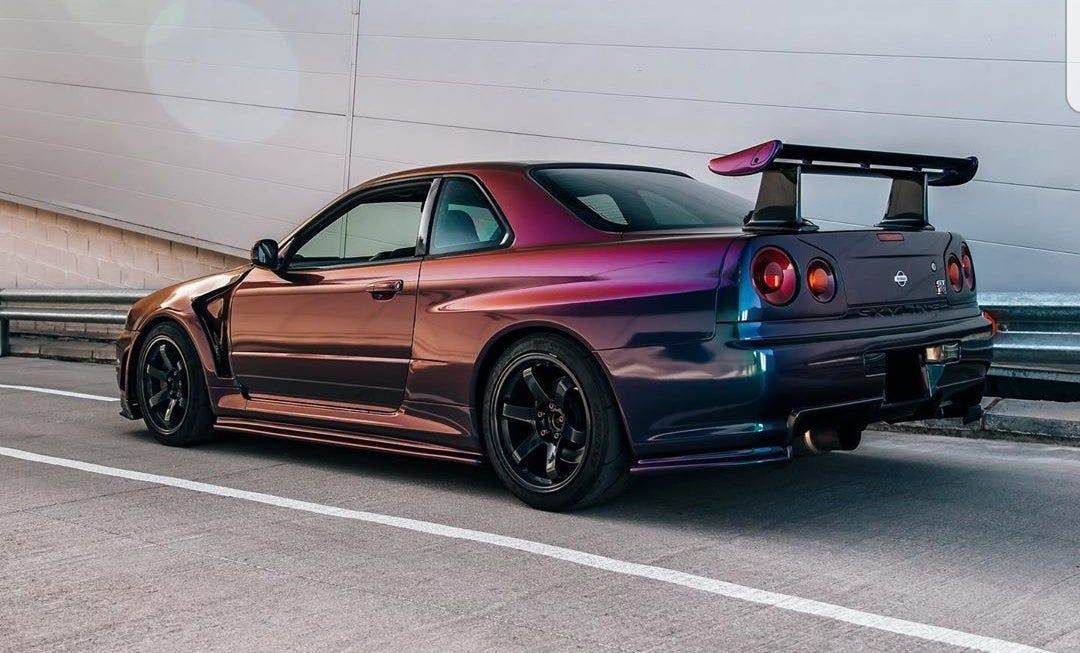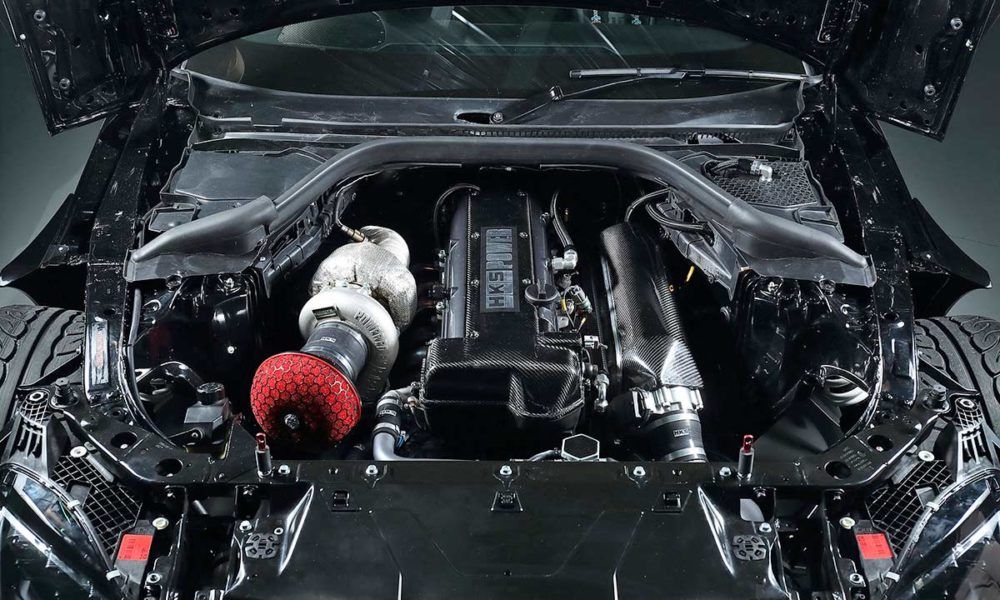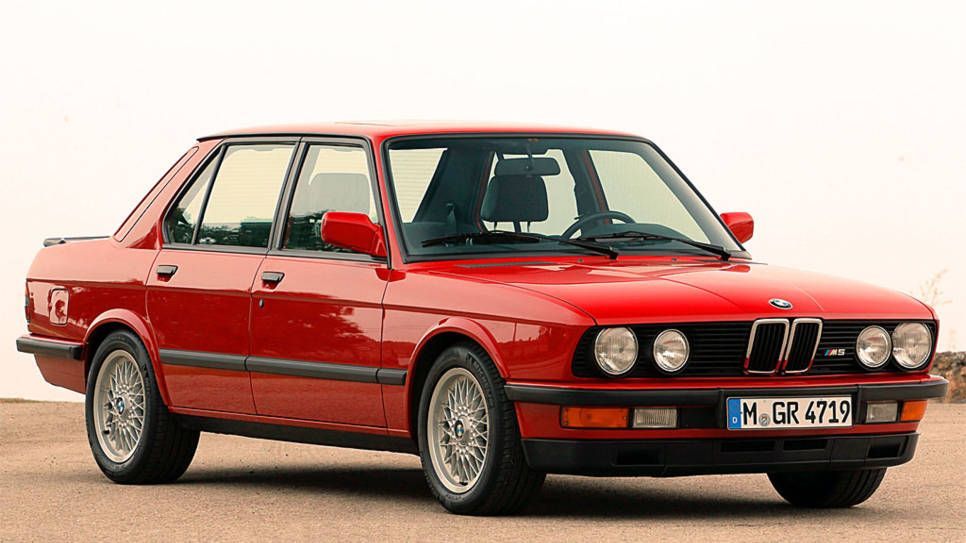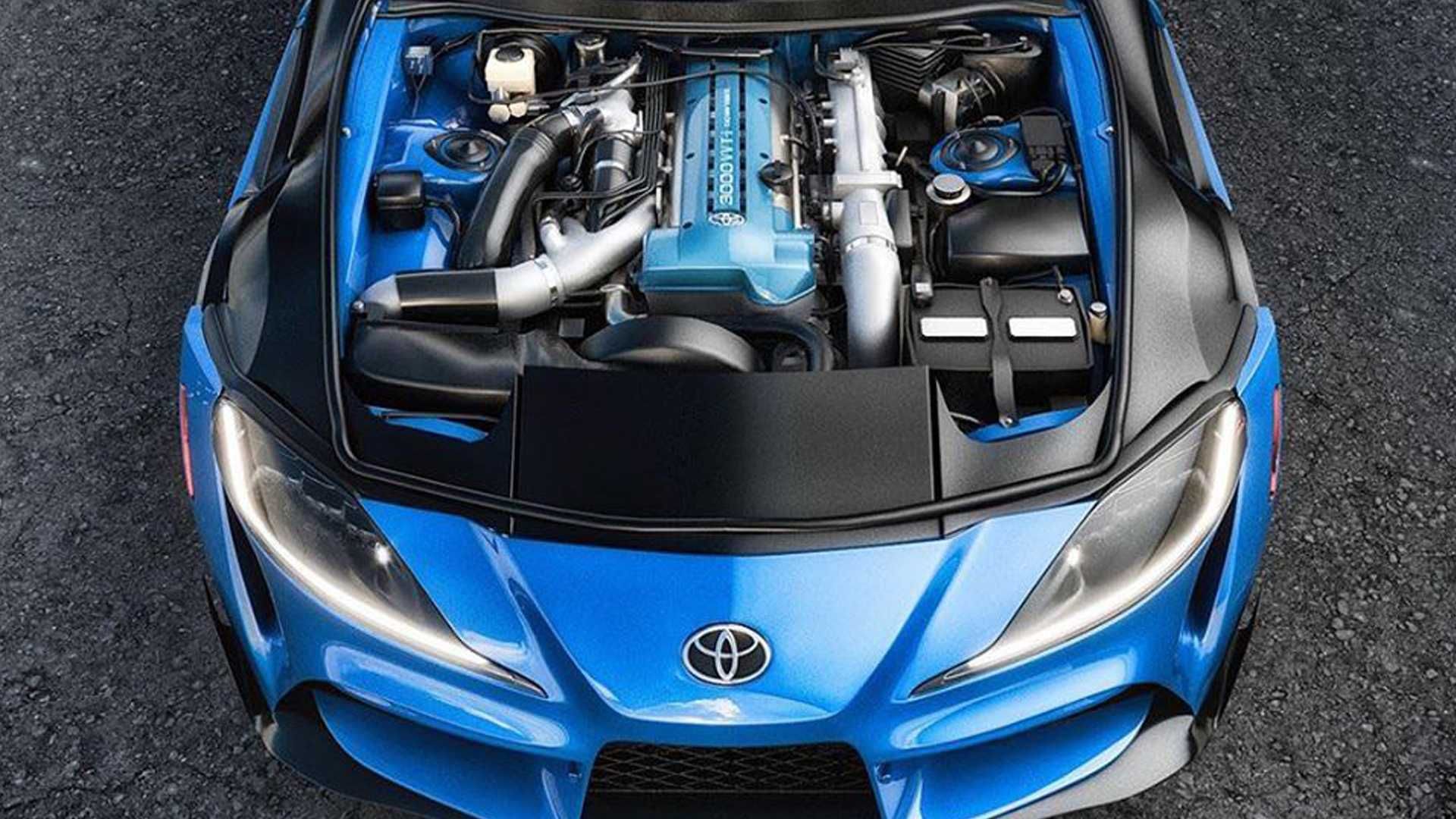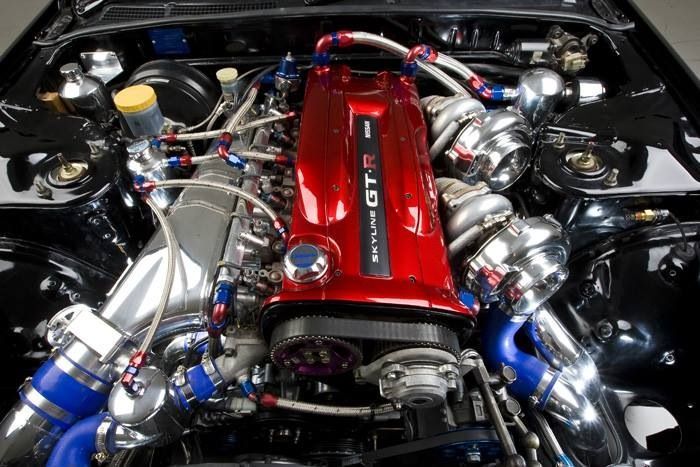It has been said many a time that the inline 6 is generally, the "best" engine layout to ever exist. Its sweet sound and smooth power delivery are hard to mess up which is why most car companies have at least one good straight-6 unit in their current or previous lineups.
But if this wonderful engine layout is so good, then why is a "comeback" relevant in today's age?
We'll put it like this: The inline-6 is like if summer came every 30 years, it was loved and amazing for a little while but then forgotten about until it came back. That remains true in America especially, where people have bought either the most powerful engine option or the most economical, leaving the straight-six in no man's land.
Today we're looking first at why the inline-6 fell behind, and then, the form it will be taking in this decade.
The Seasons Of Downfall
We find ourselves saying this a lot but... 'back in the 1960s' and actually slightly before then, the inline-6 engine was America's choice of engines for family sedans and large 2 door cars, it made enough power, was smaller than a V8, and got better gas mileage than most other options of the time.
From Ford's 300 cubic inch straight-6 to Chevy's 250 inline unit, and even the Prince-Datsun-Nissan 6 cylinders, the Inline-6s were mega-successful. Ford and Chevy both sold their iterations in nearly all their models throughout the '60s and early '70s, and Nissan-Datsun sold the formerly known Prince engine and other inline-6s in the epically popular 240, 260, and 280Z cars in the same time period.
The horsepower wars in the late '60s put a slight damper on its success though, when you can option a 440 big block or 428 Cobra Jet for just a couple hundred bucks more and by a gallon of gas for 35 cents, why would you look back?
Not only did the inline 6 take a hit from the muscle car frenzy, but the gas crisis of the '70s created the popular 4 cylinder motors and caused once fantastic straight-6s to be pathetically underpowered.
The Japanese To The Rescue
After America had sold copper-colored boxes for 2 decades straight, it could only be Japan who took a long time American and German success story like the inline-6 and made it into multiple legendary motors that preserved the inline-6 name.
Most notably are the ever-nostalgic and fiercely popular Nissan RB26 series and Toyota 2JZ series motors. These two engines, alone, resurged the idea that not only was the inline 6 smoother than almost anything but also that Japanese tuners could show American hotrodders how it's done in the 1/4 mile.
Both the 2JZ and RB26 can be built for more than 1,000 horsepower standing on their heads asleep just like a big block could, and most the time they sound like they're from a deeper part of hell.
Keeping Above Water
The Japanese did a lot for the inline-6 but before their golden era JDM engines came about and after they were discontinued, the Germans always had a hand of cards in the straight-6 game. From the legendary BMW S54 motors and current M Division engines to the 3.0 liter Mercedes engines of the '50s, the Germans were never caught sleeping.
Thanks to BMW and Mercedes, the straight-six never stopped getting better even when other car companies failed to try. The BMW straight-six, in particular, remained a staple of german engineering and kept the layout popular into the 2000s.
Today, we are witnessing an even more diverse resurgence of straight sixes out of America and Germany. We want to include Japan in the inline-6 hype train that we will see but they missed it completely. Not only is Nissan drawing the GT-R further and further away from being an actual driver's car, but Toyota made one huge mistake with one of the easiest decisions ever, they didn't put a bespoke engine in the new Supra.
Now given, the BMW motor that the Supra uses is a great piece of engineering and it sounds Japanese enough, but when you have a nameplate with such history and connotation like the 'Supra', you'd better give the people what they want, and that they did not.
So, here we are. The once-mighty Japanese straight-six is current MIA and now the US and Germany are left to continue the legacy.
Honorable Mentions
So what exactly marks the comeback of the inline-6? Well, it has begun to manifest in several different ways, and here are a few that we love and that we look forward to seeing in the future.
BMW has always made great I6s but in recent years and especially in the highly anticipated M cars, they haven't been as smooth or sweet-sounding as they used to, but the current B58 motor in the M340i is one of our favorite current engines. It finally has returned to form with linear power delivery and crisp music to go along with it.
SUVs usually spot economy 4 cylinder turbos or sometimes V6s, but Mercedes knows how to do an inline-6 and they knocked this one out of the park. The M256 motor is another 3.0-liter unit that works so well with its transmission and provides that textbook Mercedes torque that you want in such a large family hauler.
Back in the day, inline-6 engines were crucial to working people, they were reliable, powerful, and better on gas than a small block or big block. Now, GM is cashing in on really good diesel technology with a simpler GMC Sierra Duramax I6 layout that is perfect for an everyday truck. Not to mention it makes 460 lb-ft of torque out of 3.0 liters which is still impressive in 2020.

